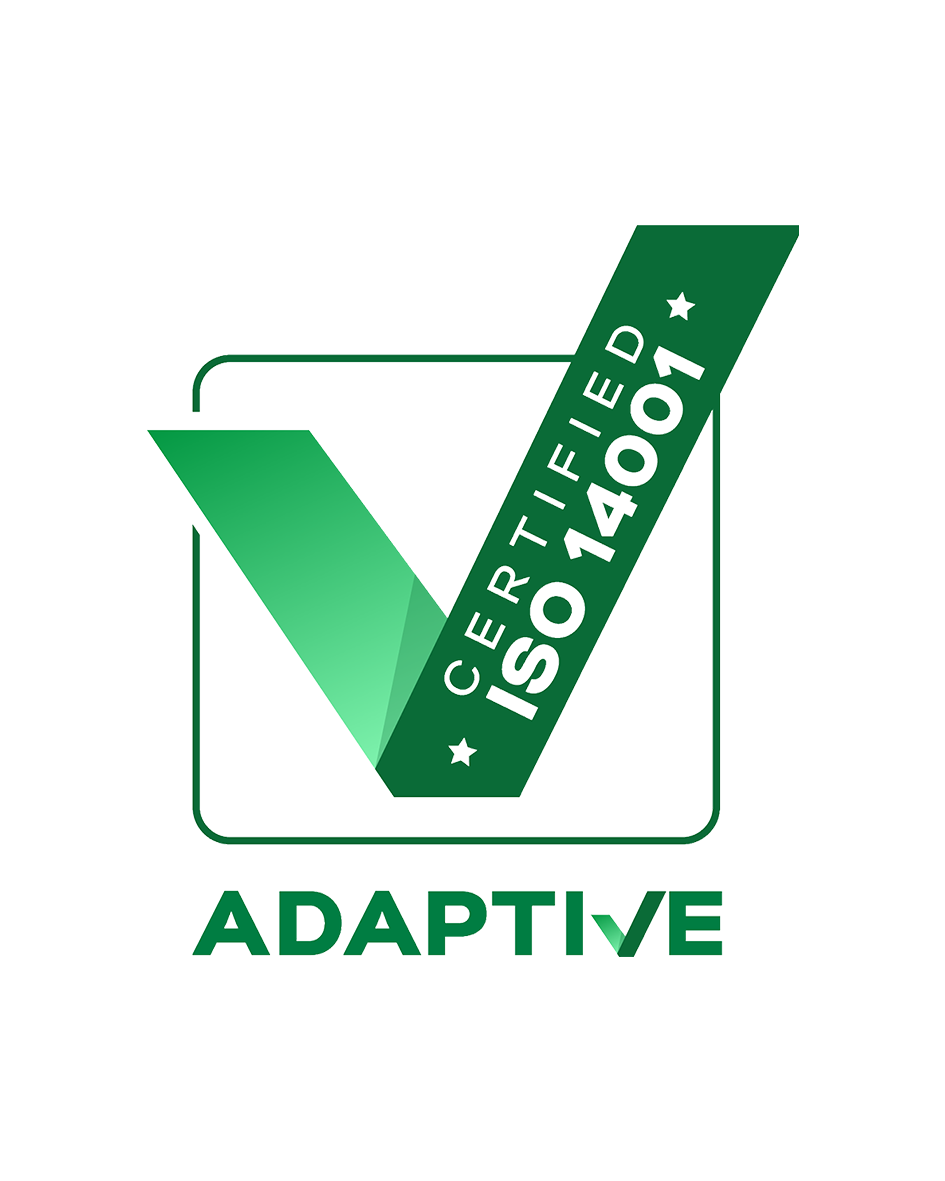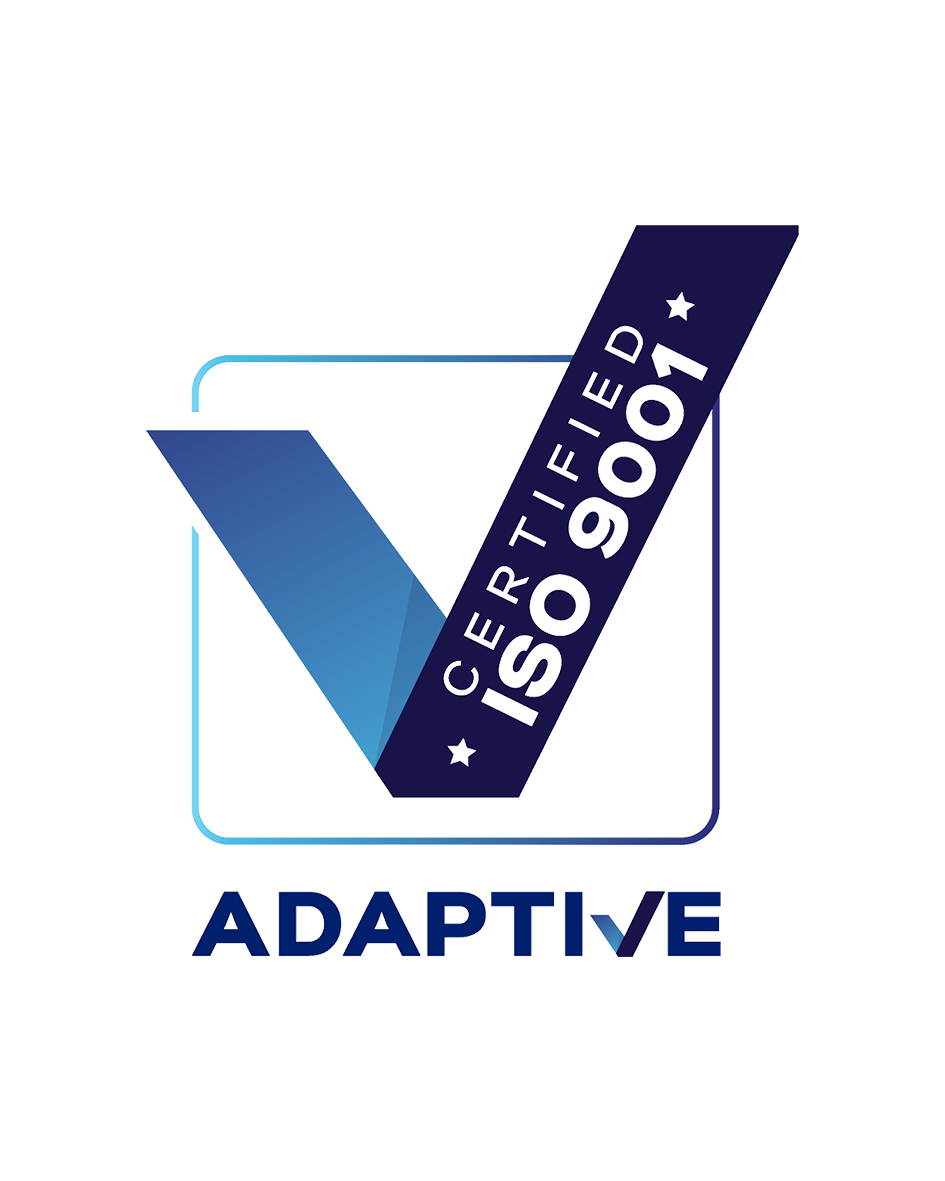Even though 10 years have passed, it seems like only yesterday that New Zealand experienced the 6.3 magnitude earthquake that shook the foundations of Christchurch’s central business district on Tuesday 22 February 2011.
The catastrophic event claimed the lives of 185 people and caused widespread destruction, coming less than six months after a 7.1 quake shook the South Island in September 2010. While smaller in magnitude than the first, the 2011 quake was unusually ferocious due to its shallow depth and epicentre being closer to the city. Following the state of emergency response and the immediate remediation of critical infrastructure and buildings had been addressed, Christchurch turned its attention to the future and how it could minimise, or even prevent, that kind of destruction in the future.
Earthquake and geotechnical engineering has evolved significantly since the Christchurch earthquakes and Mainmark has been leading the way forward. A lot has been learned about the relationship between existing structures and geotechnical profiles, as it was discovered that liquefaction contributed heavily to the overall level of destruction.
Christchurch has an abundance of aquifers and low-lying land near the coastline, resulting in relatively high groundwater[1]. Both earthquakes resulted in significant land deformation and surface manifestation of liquefaction that required a colossal effort from volunteers who worked tirelessly for several months to clear affected areas of silt and sand . The foundations of many residential and commercial buildings, infrastructure and historical sites were unable to handle the large deformations observed, causing structures to sustain significant structural and foundation damage.
10 years of progress
Since the 2011 Christchurch earthquakes, Mainmark has invested heavily in research and development to help remediate damaged, and preserve existing, structures. During the red zone trials Mainmark was able to prove their Terefirm® Resin Injection technique to be a viable, non-invasive ground improvement and liquefaction mitiation solution to strengthen weak soil sub-bases and help ensure the ground is less susceptible to liquefaction or lateral spread in the event of a future quake. Mainmark’s Terefirm® Resin Injection is designed to densify the soil with an expanding polyurethane resin mix, that helps protect built structures from earthquake damage and resulting liquefaction.
With the help of Nick Traylen from Geotech Consulting, Mainmark conducted peer-reviewed field tests in 2016 and 2017 using its resin injection technology, with the positive outcomes and application published in a report that has been endorsed by the New Zealand Geotechnical Society. These tests were initiated following a prior series of ground improvement trials sponsored by the New Zealand Earthquake Commission (EQC) and the Ministry of Business and Innovation (MBIE) in 2013, where Mainmark’s engineered resins were tested in a series of earthquake simulations through controlled shaking rigs and blast testing.
These tests and trials were only the beginning. As it became clearer that Mainmark’s products and techniques had great potential for liquefaction mitigation and recovery, there have since been many successful projects that have set a benchmark for post-disaster building recovery.
Most notable was the work accomplished for the Christchurch Art Gallery, which had subsided up to 182mm and suffered uneven footings across 6,5000m2 after the 2011 earthquake. After injecting more than a million litres of material under the gallery and re-levelling the entire structure, Mainmark was recognised for setting a new benchmark in earthquake remediation for large scale buildings and was awarded International Project of the Year in 2016 for its efforts.
News of the Christchurch Art Gallery’s successful re-levelling began to spread, and greater awareness of the new techniques that were available to restore the effects of ground movement. Mainmark was also able to apply its specialised approach to re-level residential structures, including a family home in Upper Hutt, and a two-storey home 20 minutes from Christchurch, which had both suffered damage from the earthquake. These projects benefitted from Mainmark’s non-invasive solutions which were successfully completed with little to no excavation or demolition, at significantly less cost compared to more invasive alternatives.
Mainmark has also restored larger structures in Christchurch, including the seven storey West Fitzroy apartment building and the 33,283m2 Northwood Supa Centa. In both cases, the structures had suffered differential settlement as a result of the earthquake and its subsequent aftershocks; the retail centre had settled up to 160mm and the apartment building 135mm. Mainmark used JOG Computer-Controlled Grouting with to-the-millimetre re-levelling precision and engineered resin injection to restore the buildings to pre-settlement levels.
The resulting advancements over the past 10 years have been enormous – rather than remediating earthquake damaged structures using highly invasive concrete piling and underpinning, a viable and proven low-invasive alternative has now been established and has the ability to remediate existing structures using solutions that are applied directly beneath a damaged building. This capability was previously not possible.
The geotechnical learnings from the Christchurch earthquakes have not only changed engineering approaches to disaster recovery but are also now recognised as a viable solution to improve building and infrastructure resilience in high-risk areas. According to Coffey principal engineering geologist, Nick Clendon, in these 10 years there has been greater consideration around proactive ground improvement and mitigating damage. This was seen when Wellington Water sought to strengthen the ground underneath the Seaview Wastewater Treatment Plant after post-earthquake changes to the Seismic Prone Building Act Amendment 2016. The plant is located near an active seismic fault in New Zealand’s North Island. Wellington Water contracted Mainmark due to Terefirm’s unique ability to be applied under existing structures and increase the facility’s New Building Standard (NBS) rating to 55 per cent, in compliance with requirements for IL4 critical infrastructure.
Looking back on 10 years of geotechnical engineering since the 2011 Christchurch earthquake events, Mainmark has made tremendous strides in improving the safety, stability and longevity of the built environment. With non-invasive, cost effective materials now more readily available, we look forward to further advancements with more exciting innovations and proactive approaches to building remediation and preservation.
Mainmark is a proud sponsor of the New Zealand Geotechnical Symposium (NZGS), 24-26 March, 2021 in Dunedin, New Zealand where geotechnical practitioners will come together to reflect on the lessons learnt over the last 10 years since the Christchurch earthquake.
[1] https://scholarsmine.mst.edu/cgi/viewcontent.cgi?article=3337&context=icchge































